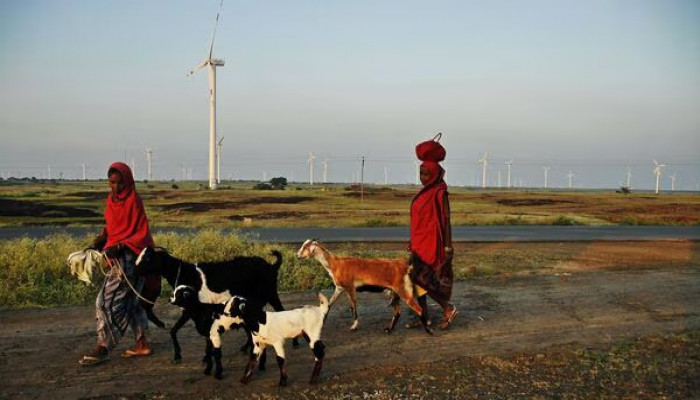India sees drop in inequality; Kerala richest in rural areas, says government report
- In Reports
- 12:39 PM, Jun 08, 2024
- Myind Staff
Inequality in India's rural and urban regions decreased between 2011-12 and 2022-23, per a comprehensive report on Household Consumption Expenditure (HCE) published Friday by the National Sample Survey Office (NSSO). The findings contradict independent studies that claim that inequality in India has risen and that the economy has experienced a K-shaped recovery post-pandemic.
“The HCE report provides detailed information on consumption expenditure trends after more than a decade, with the last report released in 2011-12. A 2017-18 survey and report were prepared but junked by the government after media leaks suggested a fall in average spending between 2011-12 and 2017-18. The latest survey was delayed due to the pandemic,” the report stated.
The detailed report released on Friday indicates a decrease in the Gini coefficient, a widely used measure of inequality, for both rural and urban expenditure between 2011-12 and 2022-23. The Gini coefficient ranges from zero, indicating perfect equality, to one, indicating perfect inequality.
For rural areas, it fell from 0.283 to 0.266. For urban areas, it fell from 0.363 to 0.314.
The reported average monthly per capita expenditure figures for the top 5% of rural and urban households seem relatively low when compared to other estimates or anecdotal evidence of spending patterns among high-income households.
Kerala is the richest state in rural areas, with a relatively high per capita consumption expenditure of ₹5,924 per month.
Similarly, Telangana's status as the richest state in urban areas, with a per capita consumption expenditure of ₹8,158 per month, likely reflects the state's urbanisation and economic development trajectory.
Chhattisgarh is the poorest state in both rural and urban areas. The per capita consumption expenditure in rural and urban areas in the state in 2022-23 was ₹2,466 and ₹4,483 per month.
The report also reveals that the top 10% of rural and urban households account for just 22.7% and 25.7% of the total consumption expenditure in the country, with these shares having decreased from 24.6% and 29.7% in 2011-12 for rural and urban areas, respectively.
Meanwhile, the share of the bottom 50% in overall consumption has risen to 31.8% in rural areas and 28.6% in urban areas, compared to 30.9% and 25.9% in 2011-12. As these shares and the Gini coefficient indicate, inequality has decreased more in urban areas than in rural areas.
The NSSO's release of the HCE report, offering detailed insights into consumption expenditure trends over a decade, is a crucial step towards understanding the dynamics of India's economy. The delay in the latest survey due to the pandemic highlights the challenges that external factors pose in data collection and analysis.
Moreover, the reference to the 2017-18 survey being discarded by the government following media leaks indicates the sensitivity surrounding economic data and its implications.
Image source: Livemint







Comments